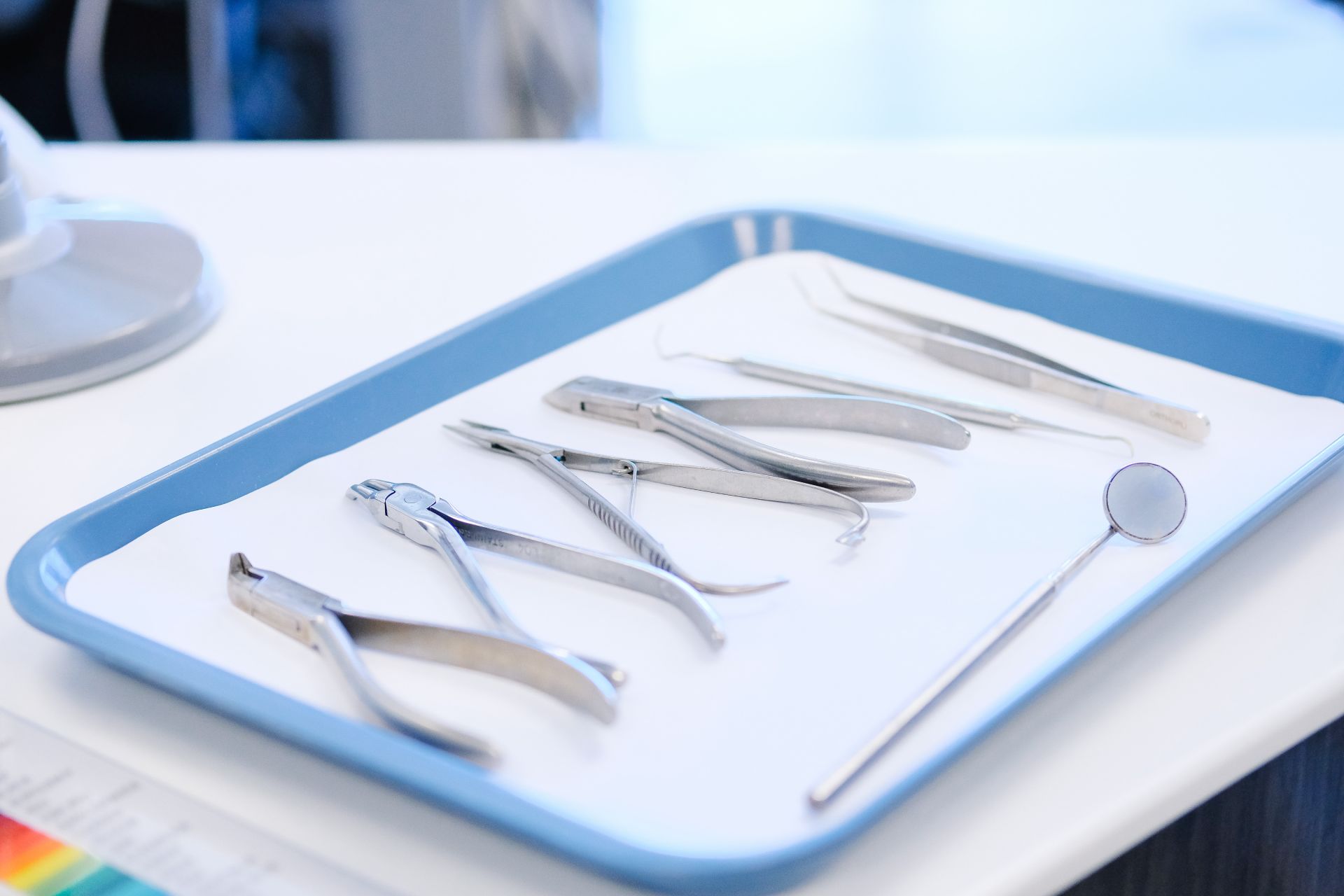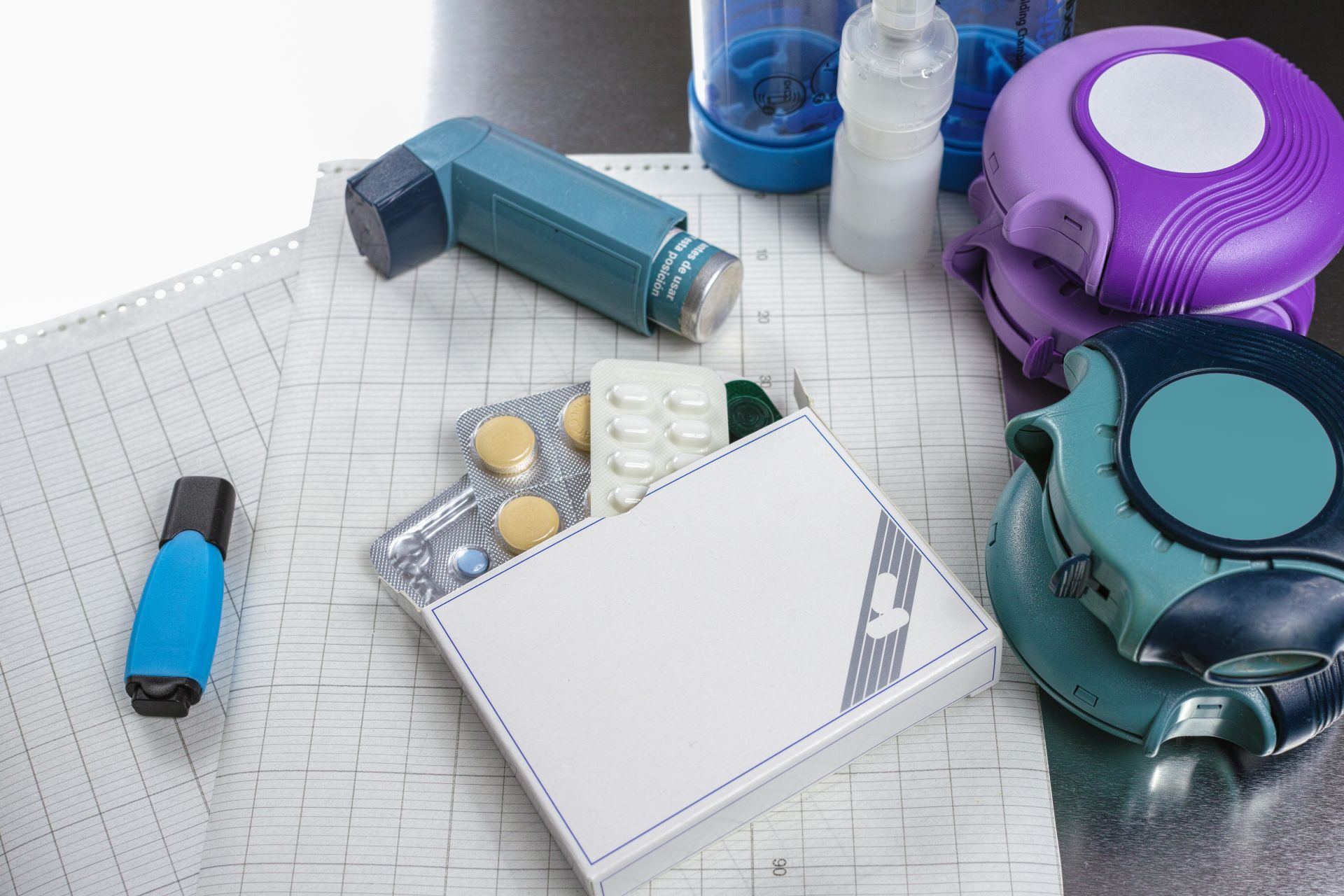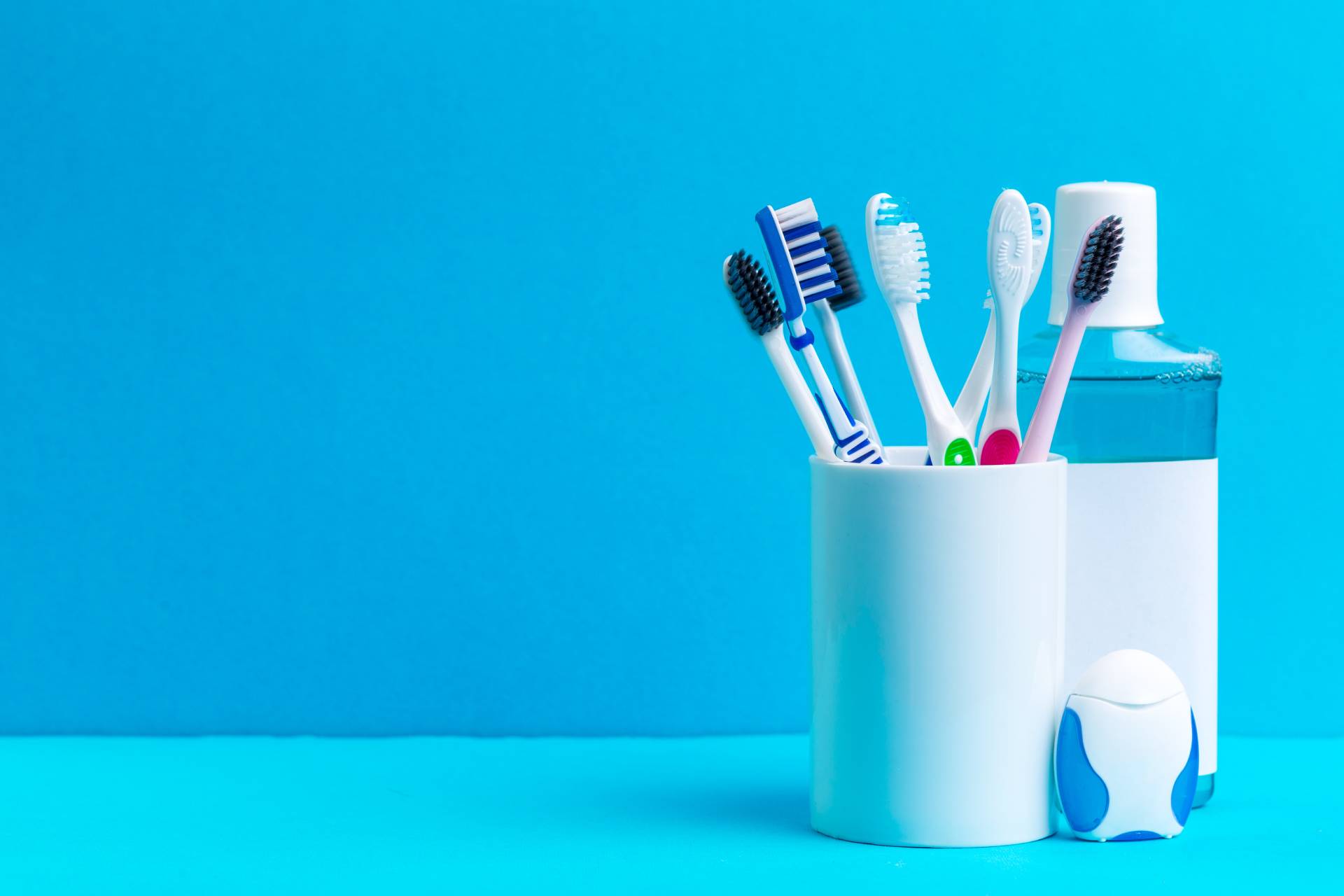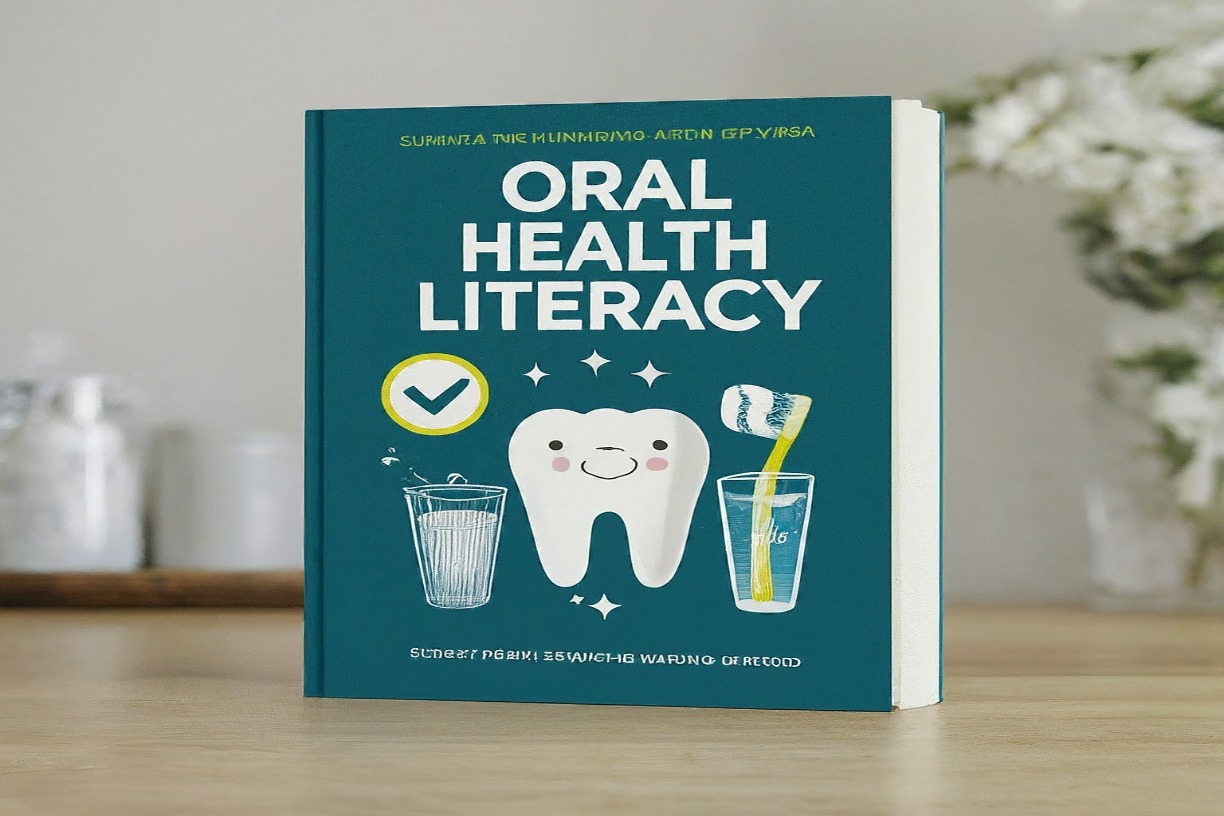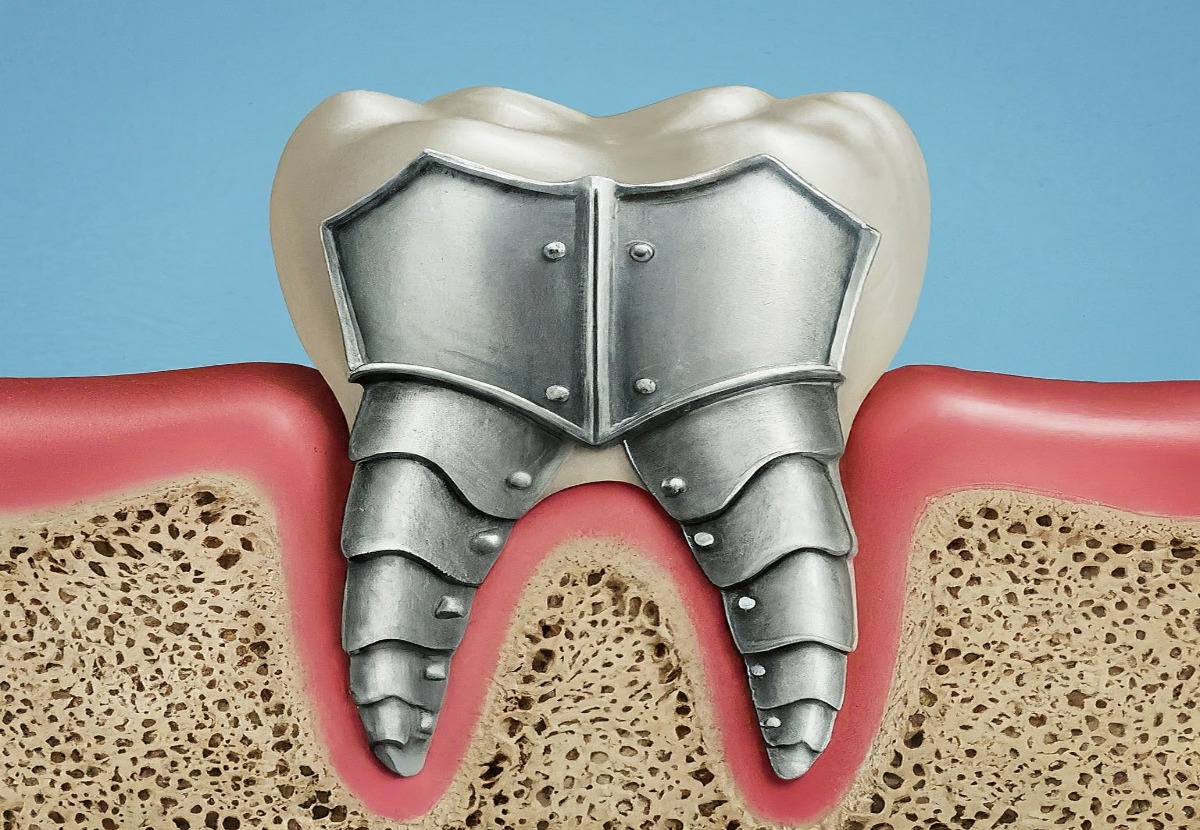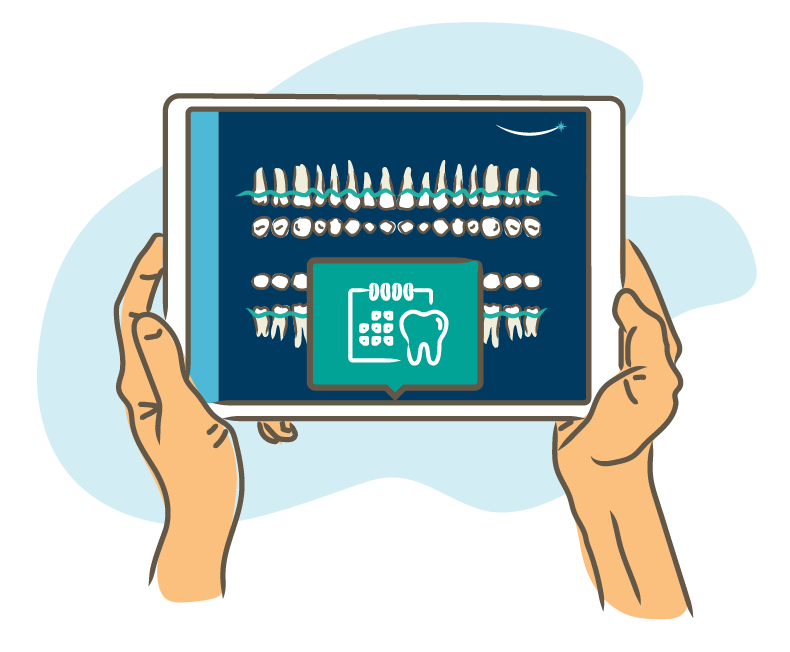Dental Health
Ozempic Teeth: Protecting Your Oral Health While on GLP-1 Agonists
In recent years, medications like Ozempic, Wegovy, and other GLP-1 receptor agonists have revolutionized diabetes management and weight loss. Millions have experienced significant health benefits from these drugs, ranging from improved blood sugar control to substantial weight reduction. However, alongside these celebrated advantages, a growing conversation has emerged in dental circles and online communities: the phenomenon of “Ozempic teeth.”
Concerning dental issues have been reported by some individuals taking these medications. We’ll look at the potential underlying causes and, most importantly, how you can proactively protect your smile while benefiting from GLP-1 agonists.
What Exactly Are “Ozempic Teeth?”
“Ozempic has exploded in popularity over the last few years, but scientists are only just beginning to fully understand the side effects,” writes The Standard’s Tamara Davison. “‘Ozempic teeth’ is the unofficial term for a number of dental issues that people who use Ozempic begin to experience, which can include decaying teeth, bad breath, and gum disease.”
The term isn’t a formally recognized medical diagnosis, but rather an umbrella phrase gaining traction to describe a cluster of oral health concerns that some users of GLP-1 agonists like Ozempic are experiencing. These issues can manifest in several ways.
- Increased Tooth Decay and Cavities: Patients are reporting a surprising increase in new cavities, even those with previously good oral hygiene habits.
- Dry Mouth (Xerostomia): A significant reduction in saliva production is a frequently cited side effect.
- Bad Breath (Halitosis): Often a direct consequence of dry mouth, as saliva plays a crucial role in cleansing the mouth and neutralizing odor-causing bacteria.
- Gum Disease (Gingivitis and Periodontitis): Inflammation, bleeding, and irritation of the gums.
- Tooth Sensitivity: Increased discomfort when consuming hot, cold, or sweet foods and drinks.
- Enamel Erosion: The wearing away of the hard outer layer of the teeth, making them more susceptible to decay and sensitivity.
- Unexpected Tooth Fractures or Cracks: Some individuals report teeth feeling more brittle or even breaking.
While scientific research directly linking GLP-1 agonists to these dental problems is still emerging and often anecdotal, the correlation observed in clinical settings by dentists is undeniable. It’s crucial to understand that Ozempic and similar medications don’t directly “eat away” at your teeth. Instead, it’s the side effects of these medications that can create an environment in your mouth that’s highly conducive to dental problems.
The Underlying Mechanisms: How GLP-1 Agonists Can Impact Oral Health
To understand “Ozempic teeth,” we need to look at the known side effects of GLP-1 agonists and how they can indirectly contribute to oral health deterioration.
Dry Mouth (Xerostomia)
This is perhaps the most significant factor in “Ozempic teeth.” GLP-1 agonists, by slowing down digestion, can also reportedly impact salivary gland function, leading to reduced saliva production. Why is saliva so vital for your oral health?
- Natural Cleanser: Saliva acts as your mouth’s natural rinsing system, washing away food particles and debris after meals. Without sufficient saliva, these particles linger, providing fuel for bacteria.
- Acid Neutralizer: Bacteria in your mouth produce acids as they feed on sugars. Saliva contains bicarbonates and other compounds that neutralize these acids, protecting your enamel from erosion. A dry mouth means a more acidic oral environment.
- Remineralization: Saliva is rich in minerals like calcium and phosphate, which are essential for repairing and strengthening tooth enamel, a process called remineralization. When saliva is scarce, this protective process is hampered, making teeth more vulnerable to decay.
- Lubrication and Comfort: Saliva lubricates the mouth, aiding in speaking, chewing, and swallowing. A dry mouth can lead to discomfort, a sticky feeling, and even a burning sensation.
- Immune Defense: Saliva contains enzymes and antibodies that help control bacterial growth and prevent infections like oral thrush.
When saliva flow is significantly reduced, the mouth becomes a breeding ground for harmful bacteria, dramatically increasing the risk of cavities, gum disease, and bad breath.
Gastrointestinal Side Effects
Many individuals taking GLP-1 agonists experience gastrointestinal side effects such as nausea, acid reflux, and vomiting. These symptoms, while often temporary or manageable with dose adjustments, can have a profound impact on dental health.
- Acid Erosion: Stomach acid is highly corrosive. When stomach acid frequently comes into contact with your teeth due through reflux or vomiting, it directly erodes the enamel. Unlike a broken bone, enamel cannot regenerate. Once it’s gone, it’s gone. This erosion makes teeth sensitive, prone to discoloration, and significantly increases the risk of decay and fractures.
- Changes in Oral pH: Frequent exposure to stomach acid lowers the overall pH of the mouth, creating a persistently acidic environment that favors the growth of decay-causing bacteria.
Dietary Changes and Nutrient Intake
While GLP-1 agonists are incredibly effective at reducing appetite and promoting weight loss, sometimes these dietary changes can inadvertently affect oral health. If a reduced-calorie diet means a patient is missing out on essential nutrients like calcium, magnesium, and vitamin D – all crucial for strong teeth and bones – it could contribute to dental fragility. Additionally, individuals experiencing nausea might gravitate towards softer, more sugary foods or drinks that can further exacerbate tooth decay.
Who is at Risk for “Ozempic Teeth?”
It’s important to note that not everyone on GLP-1 agonists will experience “Ozempic teeth.” Several factors can influence an individual’s susceptibility.
- Pre-existing Oral Health Conditions: Individuals with a history of cavities, gum disease, or dry mouth may be at higher risk.
- Duration and Dosage of Medication: Longer-term use and higher doses might increase the likelihood of side effects.
- Severity of Side Effects: Patients who experience more pronounced dry mouth, nausea, or reflux are more vulnerable.
- Dietary Habits: Consumption of acidic foods and drinks, or frequent snacking on sugary items, can worsen the effects of reduced saliva and acid exposure.
- Oral Hygiene Practices: Inadequate brushing and flossing will compound any underlying issues.
- Overall Health: Conditions like diabetes itself (even without medication) can affect oral health, making it crucial to manage all aspects of your well-being.
Proactive Strategies to Protect Against “Ozempic Teeth”
With increased awareness and proactive measures, you can significantly mitigate the risks of “Ozempic teeth.” At Blende Dental Group, we emphasize a collaborative approach between you, your prescribing physician, and your dental team.
Prioritize Hydration
- Drink Water Constantly: Sip water throughout the day, even if you don’t feel thirsty. Keep a water bottle handy. Water helps flush away food particles, neutralizes acids, and provides some lubrication.
- Avoid Dehydrating Beverages: Limit consumption of sugary drinks, acidic beverages (sodas, fruit juices, sports drinks), caffeine, and alcohol, as these can further exacerbate dry mouth.
- Consider Water with Meals: Rinsing with water after eating can help cleanse the mouth.
Boost Saliva Production and Counter Dry Mouth
- Sugar-Free Gum and Candies: Chewing sugar-free gum (especially those with xylitol) or sucking on sugar-free hard candies can stimulate saliva flow.
- Saliva Substitutes: Over-the-counter or prescription saliva substitutes (sprays, gels, rinses) can provide moisture and lubrication. We can recommend suitable products for your needs.
- Humidifier: Using a humidifier in your bedroom, particularly at night, can help reduce oral dryness.
- Oral Care Products for Dry Mouth: Look for toothpastes and mouthwashes specifically designed for dry mouth, often containing ingredients like xylitol or fluoride. Avoid alcohol-based mouthwashes.
Master Your Oral Hygiene Routine
- Brush Twice Daily with Fluoride Toothpaste: Brush gently but thoroughly for two minutes, focusing on all surfaces of your teeth and along the gumline. Fluoride is essential for strengthening enamel and preventing decay.
- Floss Daily: Flossing removes plaque and food particles from between your teeth and under the gumline, areas your toothbrush can’t reach.
- Gentle Brushing After Acid Exposure: If you experience vomiting or acid reflux, resist the urge to brush immediately. Stomach acid temporarily softens enamel, and brushing too soon can cause more damage. Instead, rinse your mouth thoroughly with water or a baking soda solution (1 teaspoon baking soda in a glass of water) to neutralize the acid. Wait at least 30-60 minutes before brushing.
Manage Gastrointestinal Side Effects
- Communicate with Your Doctor: Discuss any persistent nausea, acid reflux, or vomiting with your prescribing physician. They may be able to adjust your medication dosage, suggest alternative medications, or prescribe anti-nausea or acid-reducing medications.
- Dietary Modifications: Eating smaller, more frequent meals, avoiding trigger foods, and not lying down immediately after eating can help reduce reflux.
- Elevate Your Head While Sleeping: If nighttime reflux is an issue, consider elevating your head with extra pillows.
Prioritize Regular Dental Check-ups and Open Communication
- Inform Your Dental Team: It is crucial to inform your dentist and hygienist that you are taking a GLP-1 agonist, even if you are not currently experiencing dental issues. This allows us to be proactive in monitoring your oral health and tailoring your care.
- More Frequent Visits: We may recommend more frequent dental check-ups and professional cleanings (e.g., every three to four months instead of six) to monitor for early signs of decay, gum disease, or erosion.
- Professional Fluoride Treatments: Your dentist may recommend in-office fluoride varnishes or prescription-strength fluoride toothpastes/rinses to further strengthen your enamel.
- Dental Sealants: For those prone to cavities, sealants can be applied to the chewing surfaces of back teeth to create a protective barrier.
- Custom Mouthguards: If acid erosion is a significant concern, especially during sleep, a custom-fitted nightguard can protect your teeth from corrosive stomach acid.
- Restorative Treatments: For existing damage, we offer a range of restorative options, from composite bonding for mild erosion to porcelain veneers or crowns for more significant damage, and even full-mouth rehabilitation for comprehensive bite and aesthetic concerns.
Awareness and Partnership Are Key in Preventing “Ozempic Teeth”
While “Ozempic teeth” is a relatively new term, the underlying principles of maintaining oral health remain timeless. Medications that impact saliva flow or introduce acid to the oral cavity have long been known to increase dental risk. The popularity of GLP-1 agonists simply highlights the importance of renewed vigilance and a strong partnership between patients, their medical doctors, and their dental care providers. If you are currently taking Ozempic, Wegovy, or any other GLP-1 agonist, or are considering starting one, we urge you to:
- Discuss any oral health concerns with your prescribing physician.
- Inform your Blende Dental Group team about your medication.
- Be proactive with your oral hygiene.
- Schedule regular dental check-ups, potentially more frequently.
Your overall health and your oral health are intimately connected. By working together, we can ensure that you continue to reap the benefits of your medication while protecting your beautiful and healthy smile for years to come.
Contact Blende Dental Group today to schedule your comprehensive dental evaluation and discuss any concerns you may have about “Ozempic teeth.”
Let's brighten
that smile
The when and where are up to you.




